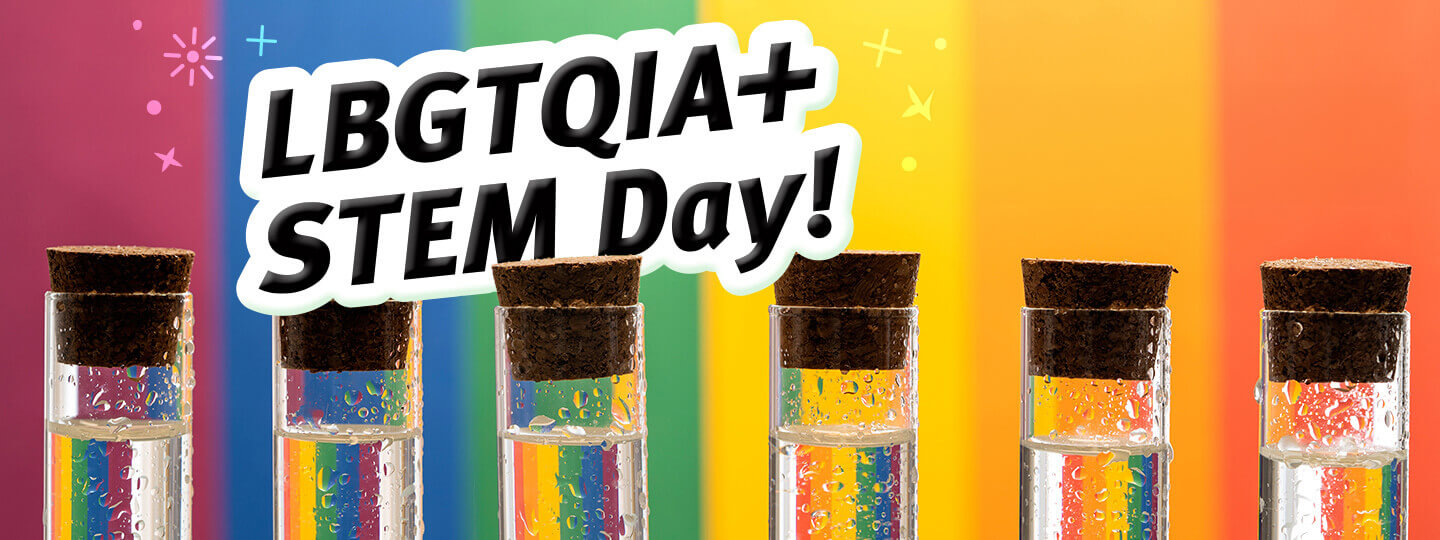

LGBTQIA+ STEM Day
Sat., Nov. 16
10 am–3 pm
Free with General Admission!
From Pride in STEM ![]() : LGBTQIA+ STEM Day is a day to celebrate and highlight the work and barriers of LGBTQIA+ people in science, technology, engineering, and math (STEM).
: LGBTQIA+ STEM Day is a day to celebrate and highlight the work and barriers of LGBTQIA+ people in science, technology, engineering, and math (STEM).
Carnegie Science Center recognizes the contributions of the LGBTQIA+ community to STEM fields, acknowledges the obstacles and oppression historically faced by members of this community, and reaffirms our belief that STEM is for everyone! Learn more about the onsite and virtual activities celebrating this day below.
Onsite activities and learning opportunities at tables in the Main Lobby throughout the day:
-
Check out profiles of real LGBTQIA+ Scientists from 500 Queer Scientists
 .
.
- “A visibility campaign for LGBT+ people and their allies working in STEM and STEM-supporting jobs,” this campaign aims to “ensure the next STEM generation has LGBTQ+ role models and help the current generation recognize they’re not alone.”
- The Animal Habitats Department will teach about the astounding natural variation in the Animal Kingdom, highlighting the animals in our collection who aren’t binary sexed, who change sex throughout their life. Visitors may even have a chance to do animal meet and greets if our live collection is agreeable! (ongoing; in the back of H2Oh!, off the ramp behind Admissions)
- Pronouns
 are an important part of everyone’s identity. Many people use he/him, she/her, and they/them. Some people use different pronouns! What pronouns do you use?
are an important part of everyone’s identity. Many people use he/him, she/her, and they/them. Some people use different pronouns! What pronouns do you use?
- Pronoun pins and LGBTQIA+ STEM Day stickers/pins swag are available in the Main Lobby.
- Science Center staff will be running rotating hands-on learning activities in the Main Lobby (1st floor) throughout the event.
- Stop by our Recommended Books table (Main Lobby) to check out stories of the important contributions made to STEM fields throughout history, by many LGBTQIA+ Scientists, Discoverers, and Trailblazers! (Suggested books selected in cooperation between Carnegie Library of Pittsburgh, the Science Center’s Early Childhood STEM Education Department, the Team & Community Engagement Department, and the IDEA Coalition)
Click below to learn more about the personal stories of our very own LGBTQ+ staff.
Shannon Gaussa (She/Her)
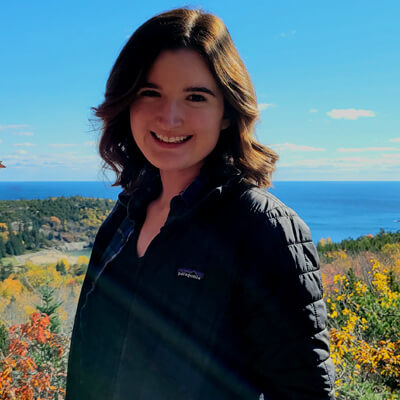
Name: Shannon Gaussa
Pronouns: She/Her
Who are you? I am queer and a STEM education program educator.
What’s your story? One of my favorite things about teaching, both early in my career as an elementary school teacher and now, as Workforce & Community Readiness Program Coordinator at Carnegie Science Center, is seeing the amazing ideas students come up with when their curiosity and creativity is encouraged. I strongly believe the best innovation comes from diverse perspectives, which means embracing diversity in all its forms. As a queer person, celebrating diverse sexual and gender identities on LGBTQIA+ in STEM Day is especially near and dear to my heart. After growing up in a community where it was not safe to be out as queer, and where I didn’t see any LGBTQIA+ representation, I went a long time believing that I had to pass as straight to be respected as a professional. I am so grateful that more organizations are becoming explicit about embracing diversity, that students today are growing up with the LGBTQIA+ representation in STEM I lacked, and that we have this day to celebrate all of these amazing STEM professionals. As STEM fields continue to get better at authentically embracing diversity and listening to voices that have historically been silenced, I’m looking forward to the exciting new innovations that will emerge!
Sarah Grumet (She/They/Her/Them)
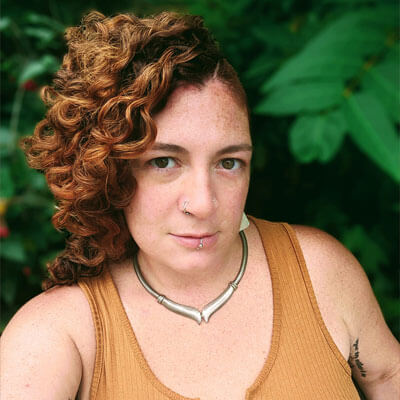
Name: Sarah Grumet
Pronouns: She/They/Her/Them
Who are you? I am a queer, Jewish, gender-non-conforming cis woman, and I am a museum professional and social justice loudmouth.
What’s your story? I first came out at the age of 18 as bisexual. Over time, that identity morphed and flowed, as sexual identity sometimes does. I eventually realized that “queer” is the descriptor that resonates most strongly for me; not just because I am not straight, but because I believe strongly in the power of reclaiming language, and of queering the norm.
I’m extremely lucky to have family and friends who’ve always supported me; a luxury which many in the LGBTQIA+ community don’t have. I am privileged to occupy a life where it was safe for me to begin speaking publicly about my queer identity in college. As a White-coded woman in a straight-looking relationship, I move through the world differently than those who don’t “pass” as I do. (However, that “passing privilege” can be itself problematic, when you aren’t seen as “queer enough” by the queer community, and certainly aren’t straight.)
I strive to use my privilege to advocate for those in our community whose lives may be less safe or stable than mine: the Trans* community, the BIPOC LGBTQ+ community, neurodiverse LGBTQ+ people, and those with disabilities. For me, visibility means not only standing up and speaking out about my own story, but also reminding folks that the fight is far from over; marriage “equality” (though important) was by no means the pinnacle of the fight for equal rights. If we’re not taking an intersectional approach to social justice, then our actions mean nothing.
I’m proud to work for an organization who openly supports and uplifts their LGBTQ+ staff and is actively working to create a museum that is welcoming to community members of diverse backgrounds. It’s vital that science museums (all professional environments, really) recognize that our diversity is what makes us so gloriously unique; without different perspectives, backgrounds, and experiences, we would be an uninspired monolith.
LGBTQIA+ STEM Day is important; it’s an opportunity to stand up and say, “We’re here. We exist. We are diverse. We have always been your coworkers. We are gifted, dedicated professionals working in STE(A)M. This field is for all of us, and it’s for any of you.”
Steve Kovac (He/Him)
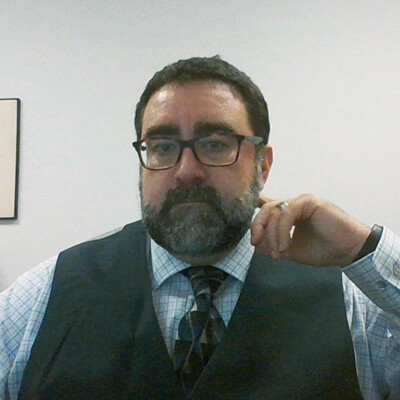
Name: Steve Kovac
Pronouns: He/Him
Who are you? I am a cisgender gay man and I’m a museum professional.
What’s your story? I’ve been with Carnegie Science Center since 2000. Over the past 20+ years I’ve held 7 different positions at this organization. Only because of the open, supportive environment that I’ve encountered at the Carnegie, have I been able to flourish openly—as my authentic self—at this organization.
I began my professional career as an elementary education teacher. In that setting in the late 90’s, I did not feel comfortable or safe living openly as a gay man. And I know that so many others in STEM fields have not been able to live openly and still today struggle with oppression and discrimination in their work, and deal with unfathomable challenges in their personal lives.
I would also be remiss if I didn’t acknowledge that my career evolution has been relatively easy when compared with many of my LGBTQ+ contemporaries who are people of color, women, trans and gender non-conforming. My white male privilege oftentimes supersedes any oppression I might otherwise encounter. Each of us in STEM and STEM-adjacent fields has a different story to tell. That’s why LGBTQIA+ STEM Day is so important. It’s a day to tell stories, a day to celebrate achievements. But most importantly, it’s a day to talk about all the work that still lies ahead.
Carla Littleton (They/Them/Hen/Hän)

Name: Carla Littleton
Pronouns: They/Them/Hen/Hän
Who are you? I am a genderqueer individual and I am a Master Herpetologist, STEAM Educator, and Traditional Craftsman.
What’s your story? I was assigned female at birth and I’ve always felt the internalized pressure to remain female identifying in my career even though I have identified as something outside the binary for a long time in my personal life. I grew up with a big push for female visibility and equality in the STEM fields. I was pushed to follow my passion for science because others viewed me as a girl. There has always been a feeling that I would be doing a disservice to women and girls if I stopped allowing myself to be identified as a woman in my career and if I stopped identifying myself as a woman in professional endeavors. It took a long time to learn that I would be my best self, the best inspiration for others, by embracing my authentic self. A big turning point for me, in validating identity, was being able to identify as a third gender on my driver’s license. That moment helped give me the courage to step away from how I had been identified in the past and embrace who I truly am in my career.
LGBTQIA+ STEM Day is a bridge to openness, acceptance, equality, representation, and visibility for all individuals in the LGBTQIA+ spectrum. A celebration and recognition of the diversity and to show, by example, that STEAM is for everyone.
Representation is always important, not only for those looking to enter the field but for everyone. STEAM is for everyone. It is also important for society to see diversity exists in all places, in all fields.
I would like to see the STEAM/STEM field move away from the forced binary and gender stereotypes that are still held in most of the fields. I think one of the most important steps is to celebrate and give visibility to the internal persons who identify as a gender or sexual minorities. I self-identify at work and I remember being approached by a lesbian couple visiting with their children who told me they felt welcome, safer, knowing there were staff members like them (Members of the LGBTQ+ Community). That interaction has always stuck with me and drove home the importance of visibility within a business or institution.
Stephen Luciano (He/Him/His)
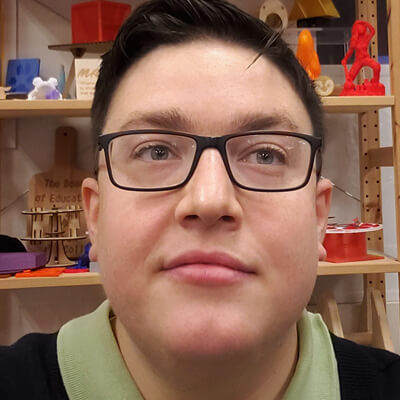
Name: Stephen Luciano
Pronouns: He/Him/His
Who are you? I am gay and I am a STEM/Maker Educator.
What’s your story? I was born and raised in Indiana, PA – a smallish rural town that has a connection to the wider world through its university – IUP. I grew up knowing I was different, but not knowing any openly LGBT+ people or seeing myself represented in the cultural depictions of LGBT+ folks available to me in the late 90s and early 2000s. My dad was a biology professor at the university, so I always felt a strong connection to science, but despite seeing a lot of scientists who looked like me growing up, I wasn’t sure if there any who were like me. Meeting a professor in the biology department who was openly gay was so important for me as a teen. Hearing him talk about his partner and his family was so affirming for me, and brave of him; this was before he and his partner could get legally married. He could have been fired for being openly gay in Pennsylvania at the time; indeed full employment discrimination protection hasn’t been reached yet in Pennsylvania in 2021 ![]() .
.
LGBTQIA+ STEM Day is my opportunity to pay it forward to future generations, to be an example of an openly LGBTQIA+ individual working in a STEM career. To anyone who isn’t sure if they can be a scientist or an engineer because of their gender identity or who they love, I say that yes you can, and you’ll find more folks out there that are like you in the STEM community. It still isn’t the easiest thing to be out in any career, but as more and more of us come out, we can and must create a more welcoming, open, and safe community for future generations.
One of the ways we can create those more welcoming communities is for STEM professionals and STEM institutions to recognize that the fight for full LGBTQIA+ equality is not over. Our trans and nonbinary siblings are attacked every day, both literally and figuratively, by anti-science rhetoric cloaked in the language of ‘just the facts.’ On this issue as with issues of racial justice, museums are not neutral (or at least they shouldn’t be!).
I’m excited to be a part of this step that Carnegie Science Center is taking towards making its own community more inclusive and welcoming.
What is LGBTQIA+ STEM Day all about?
From Pride in Stem ![]() : “Among their many struggles, we see that 28% of LGBT+ people have at some point considered leaving their jobs because of a hostile workplace or discrimination towards them. 20% of trans people had often considered leaving. One in three physicists in America has been urged to stay in the closet to progress in their career. Half of the transgender or gender non-conforming physicists were harassed in their own departments. Gay and bisexual students are less likely to follow an academic career.
: “Among their many struggles, we see that 28% of LGBT+ people have at some point considered leaving their jobs because of a hostile workplace or discrimination towards them. 20% of trans people had often considered leaving. One in three physicists in America has been urged to stay in the closet to progress in their career. Half of the transgender or gender non-conforming physicists were harassed in their own departments. Gay and bisexual students are less likely to follow an academic career.
To these statistics, we need to add barriers and issues specific to other underrepresented groups, which create a much bigger challenge for people with intersectional identities.
The date is symbolic of the 60th anniversary of American Astronomer and gay activist Frank Kameny’s US Supreme Court fight against workplace discrimination. This is a fight that continues today, not only in the US but in so many other countries worldwide.
We hope that LGBTQIA+ STEM Day comes to represent all the people who continue to make the world of STEM a better and more inclusive place!
What do all those letters mean?
LGBTQIA+ = Lesbian, Gay, Bisexual, Transgender, Queer, Intersex & Asexual + other identities
“LGBTIQA+/LGBTQ+ – Adding a “+” to the acronym is an acknowledgment that there are non-cisgender and non-straight identities that are not included in the acronym. This is a shorthand or umbrella term for all people who have a non-normative gender identity or sexual orientation.”
Additional resources, information, and inspiration below.
- 500 Queer Scientists

- True Colors: Mighty Girl Books for Pride Month

- LGBTQ in STEM: Advice from LGBTQ scientists (video)

- The Royal Society of Biology: Coming Out in STEM

- LGBTQ+ People Changing the World Through STEM: Celebrating Pride 2021

- 14 LGBTQ+ Innovators, Inventors and Scientists Who Changed the World

- Science Advances: Systemic inequalities for LGBTQ professionals in STEM


